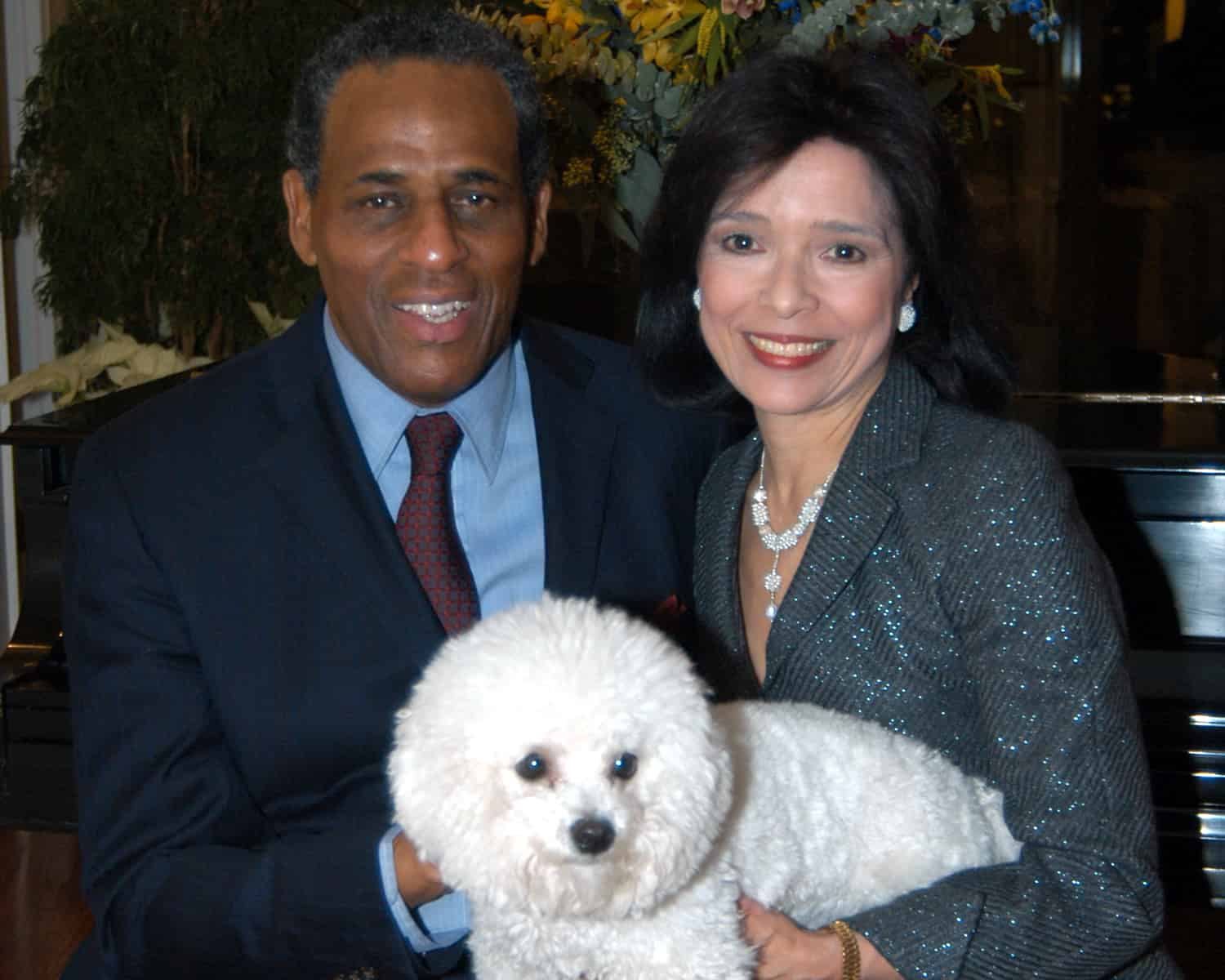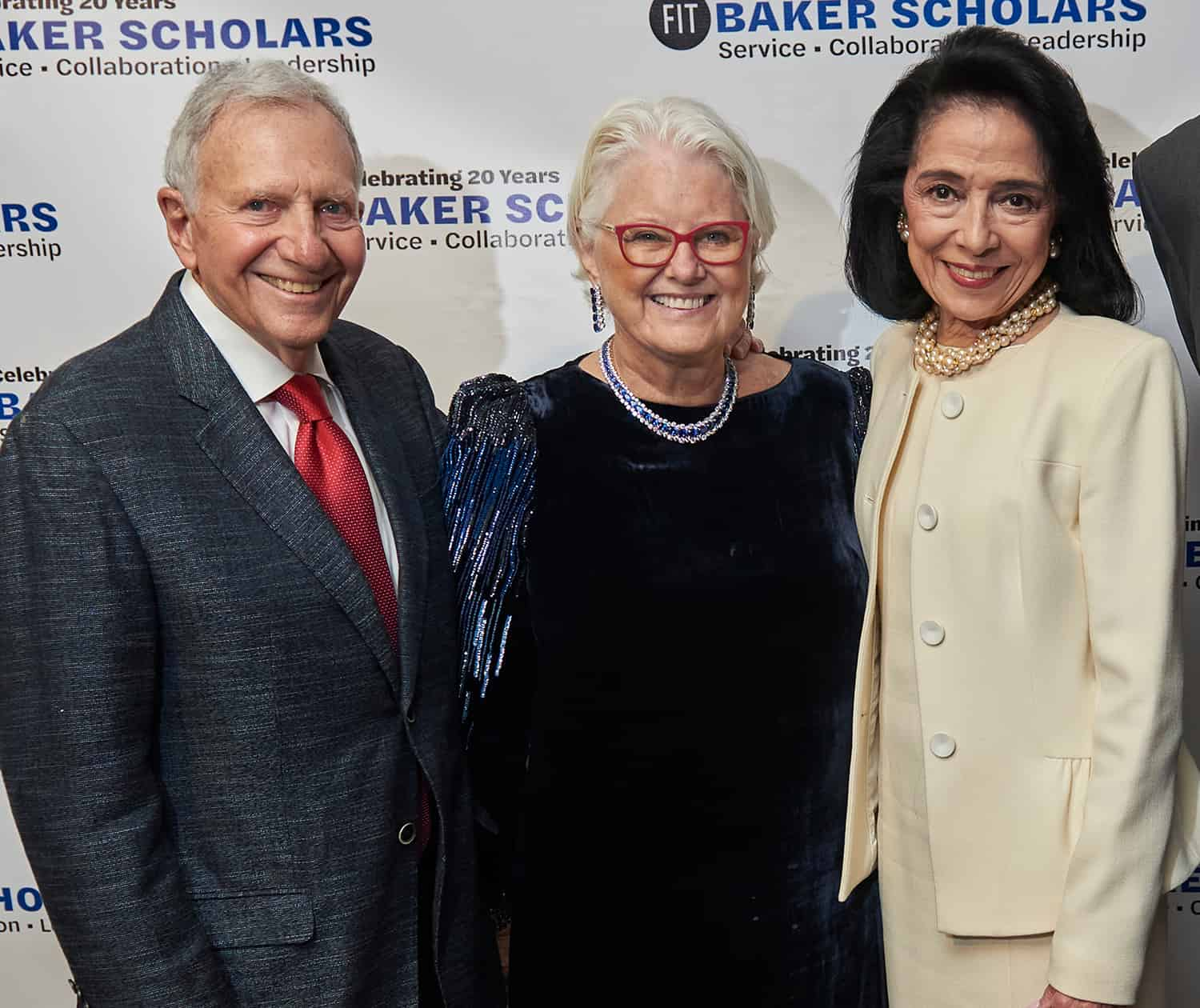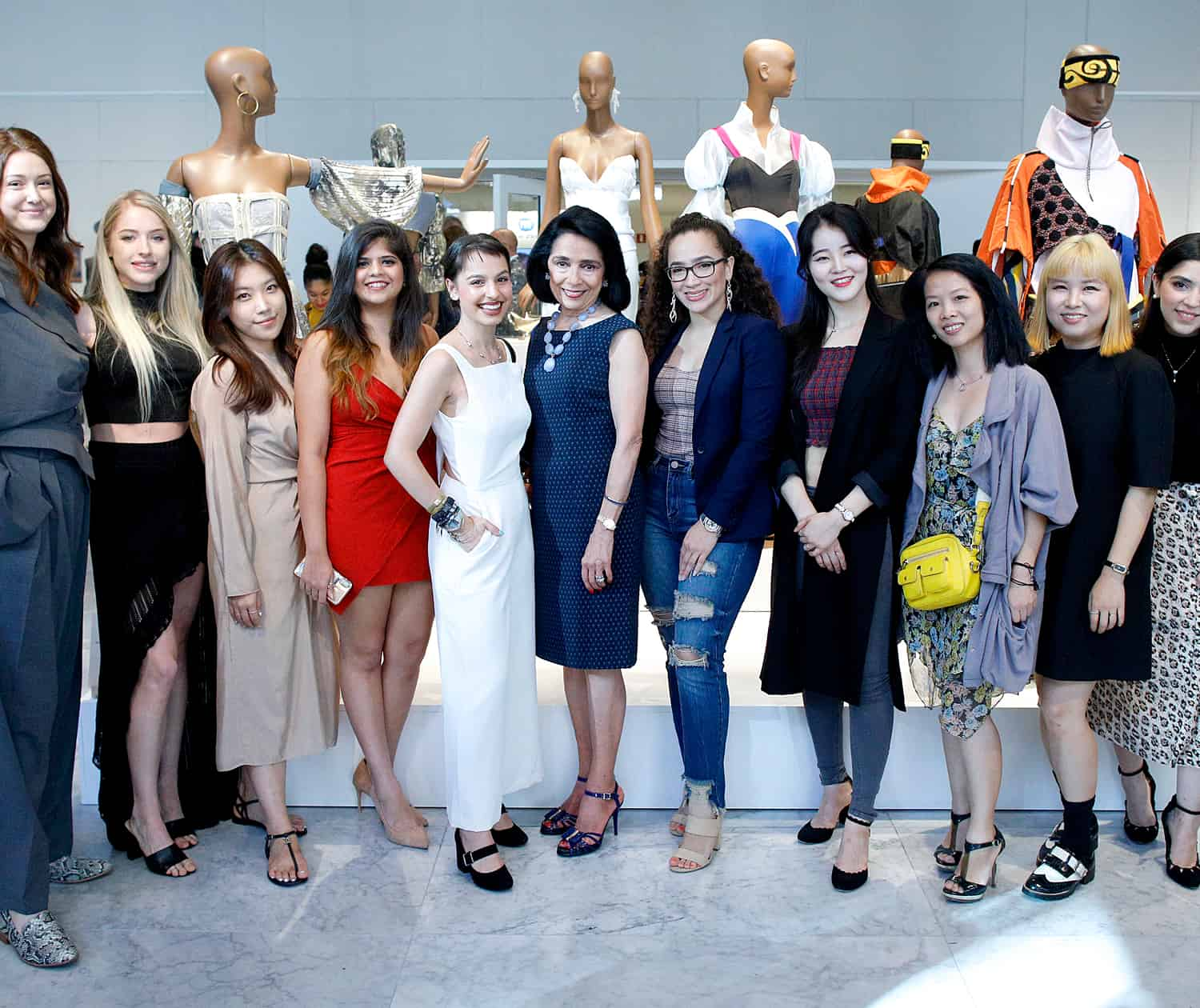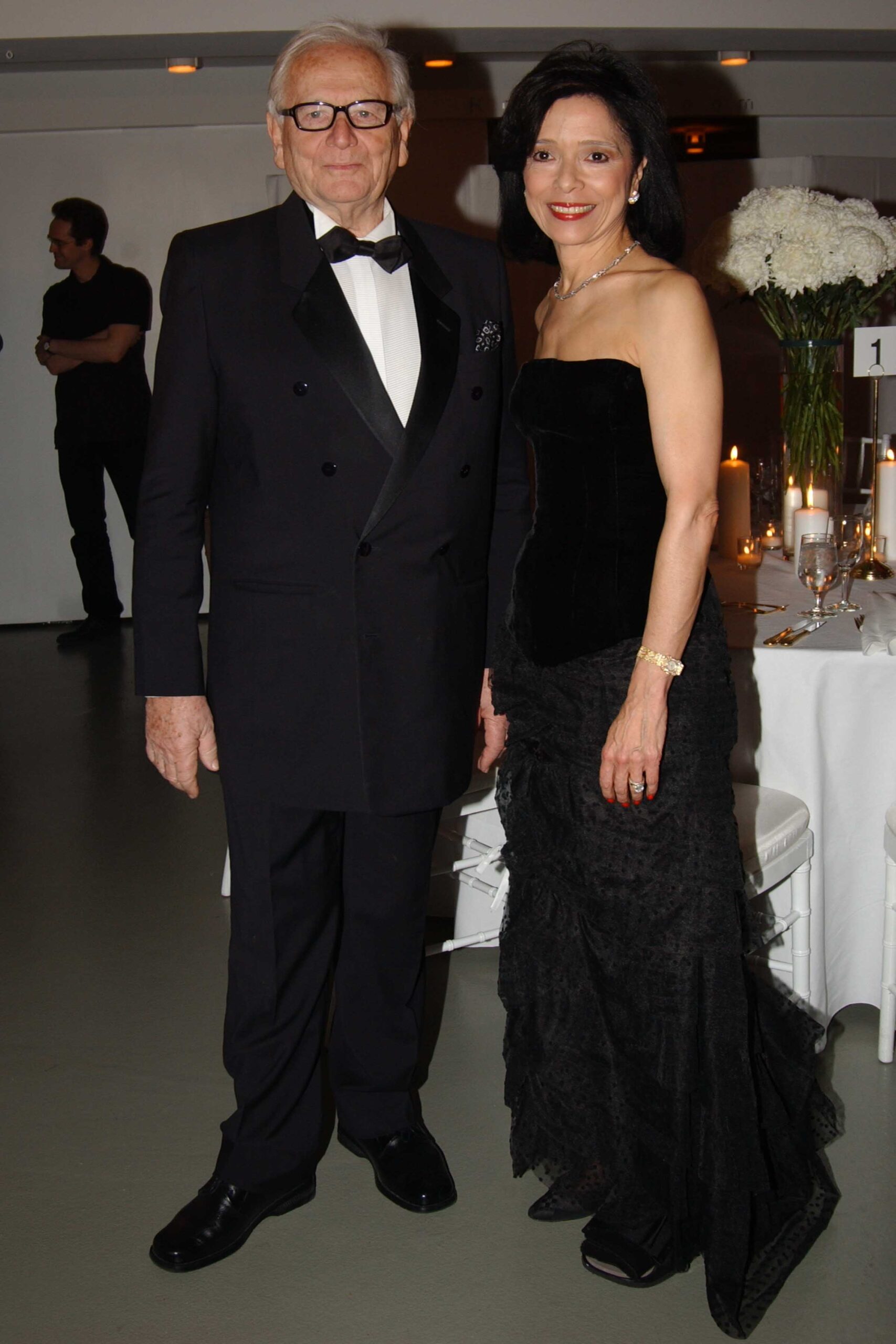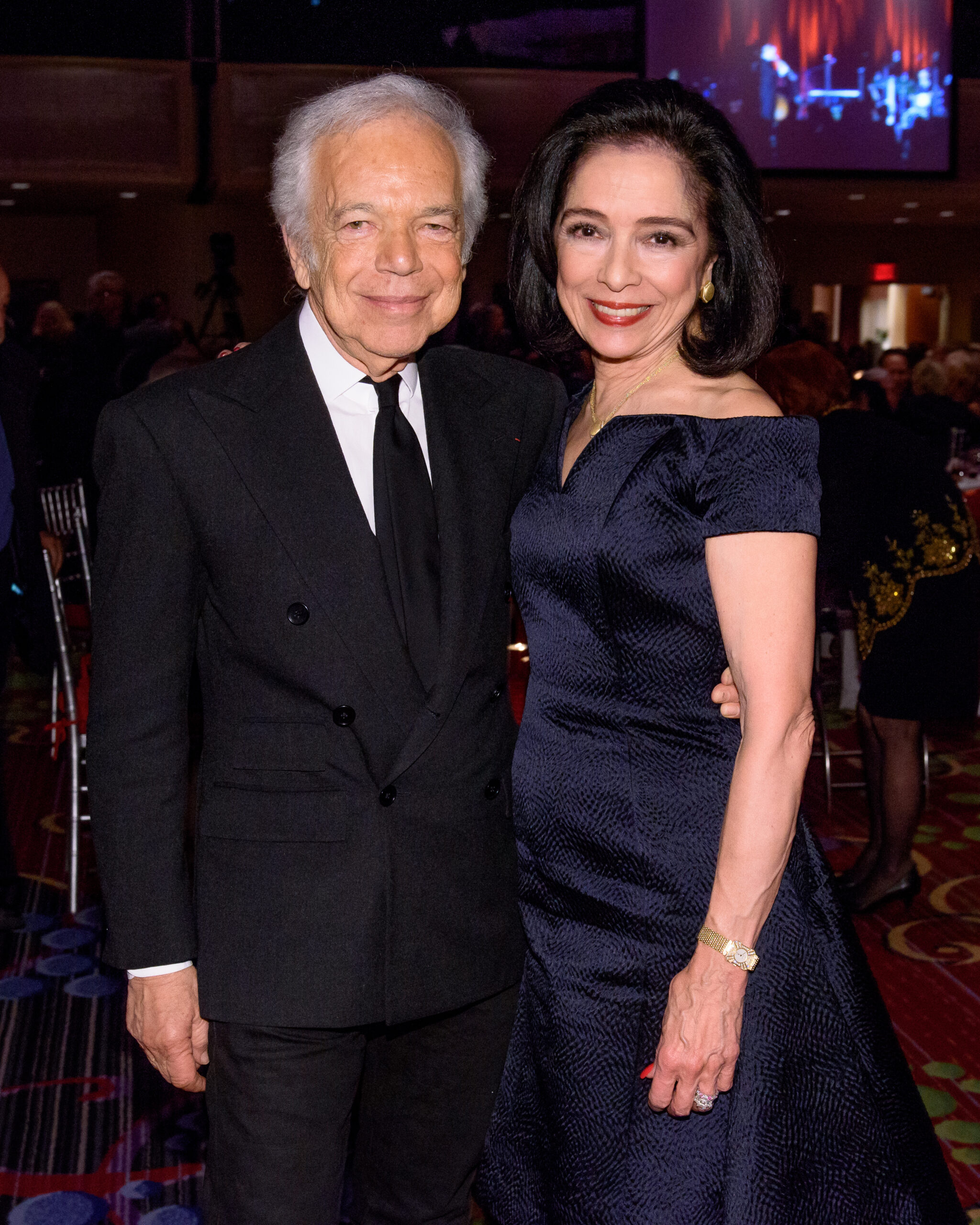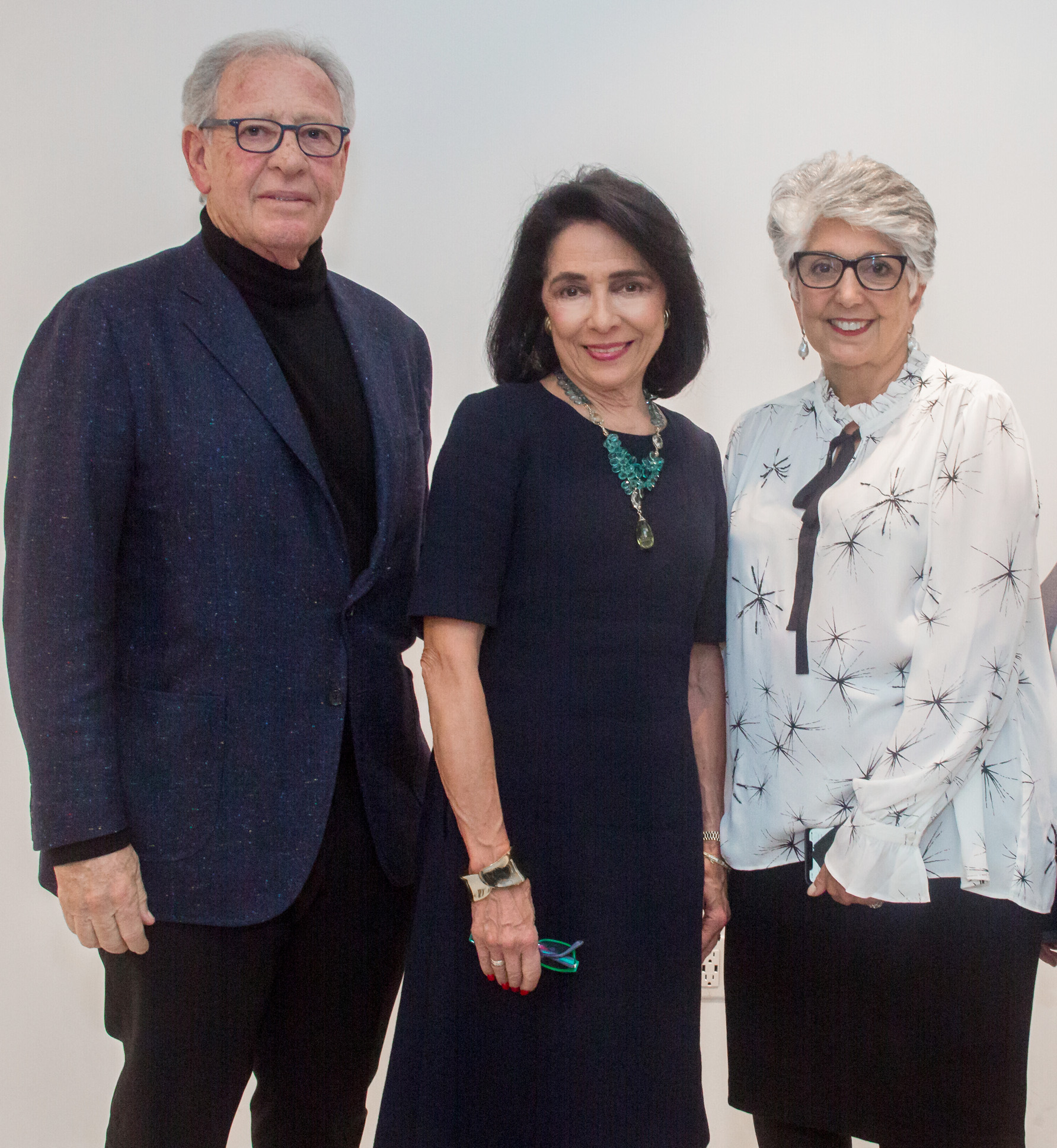By Jonathan Vatner
A large indoor tree shares the office President Joyce F. Brown has occupied for nearly 27 years. The Princess, as she affectionately calls it, dwarfs its pot, spreading out as it grows in every direction. It’s a houseplant with a big personality.

“When I go, she goes,” Dr. Brown says wistfully at the start of her final Hue interview before she steps down from her position at the end of the 2024–25 academic year. She is not certain the Princess will tolerate the move. “Or we’ll see. We’re in talks.”
Dr. Brown seems particularly introspective as she contemplates what it will mean to depart this institution after so many years. She has had the longest tenure of any FIT president, much less the college’s first woman and African American at the helm.
She has overseen an extraordinary evolution. Since her arrival in 1998, FIT has debuted 33 more degree and credit certificate programs and added dozens of academic minors. She created the Center for Innovation at the Brooklyn Navy Yard, where faculty can pursue research, and the on-campus DTech Lab, which helps industry partners tackle innovative projects while providing real-world learning opportunities for students.
In 2020, she established the Social Justice Center at FIT with the goal of increasing BIPOC representation in the creative industries. And this year, a magnificent new academic building opens its doors on 28th Street, with 26 smart, energy-efficient classrooms, a state-of-the-art knitting lab, and a soaring atrium. All of this has come thanks to her foresight, persistence, and commitment to consensus-building.
In this interview, Dr. Brown discusses her presidency, legacy, and hope for the future.

HUE: What accomplishment are you most proud of?
DR. BROWN: As an institution, as a community, we’re having a different conversation than we were 27 years ago. We’re talking about being cutting edge and interdisciplinary. There’s a different dynamism that runs through the conversation and through the community that has changed the focus at FIT. I think it’s driven by a lot of new faculty with different experiences, a different mindset, and different intellectual curiosity, with access to resources like DTech and release time to do research. I like to think I can take some credit for these changes. And of course I’m proud of the building, because somehow it became my life’s work.
HUE: When did you first realize you wanted to create the new building?
DR. BROWN: When I was hired, the student dining room was on the sixth floor of a building with two elevators. It was a disaster. We put in the dining room on the ground level with a Starbucks and expanded the student dining experience, but at some point, it became clear to me that we really did need a new building. The National Endowment for the Arts held a competition, and SHoP Architects won with their design—which is really gorgeous, I have to say.
And then we began the fight. When we started, we needed $148 million. By the time we finished, we needed $189 million. I mean, what’s a few million dollars between friends, right? Unexpectedly, we were able to get the money from the state. The Bloomberg administration decided we had to raise the remaining funds for ourselves. We ultimately got the balance from the de Blasio administration. It took years. I was determined to do it.
And I am very proud of the new building. Our students deserve an environment that encourages innovation and experimentation and a commitment to do their best. I think it’s going to make a tremendous difference.

HUE: The Social Justice Center at FIT is reaching its fifth anniversary. What progress have you seen, and what challenges still need to be addressed?
DR. BROWN: We’ve been able to create an opportunity for some creative young people, who might not have otherwise been exposed to the industry, to come here and study. What I have not been able to achieve, which was the other important prong, was to have the industries themselves create pathways for real progress, to diversify their ranks, to create the opportunity in their executive suite that ultimately was going to reflect the diversity of their consumer base.
And now there’s a pejorative overlay to the dialogue about DEI. So while I’m very appreciative of the companies that are working with us to create those pathways, I can’t say I’ve seen the changes I would like to.
HUE: You encourage a synthesis between technical skills and the liberal arts. Do you continue to see that balanced approach benefiting students as they go into the industry?
DR. BROWN: I have always believed in the value of the liberal arts. Early on, we held a symposium with the industry titans from Ralph Lauren and from Bergdorf Goodman and Macy’s. They talked about what they were looking for in hiring. One of them asked applicants, “What are you reading now?” To me, that was very significant. The people who are employing these young folks are asking them, “How do you make decisions? How do you problem-solve? What are you thinking about?”
It gave me a kind of permission to emphasize the liberal arts at FIT. Now we have minors in the liberal arts, and the students love them. And the whole notion of the Writing and Speaking Studio is very exciting. It makes people think in a different way when they need to articulate their point of view.
HUE: What do you see as the next frontier for higher education?
DR. BROWN: Everything changed after 2020. The isolation, the readjustment of habits, how people dress, how people get information and are entertained. Every aspect of life was affected. So I think the next frontier for education really has to recognize this difference in the landscape.
HUE: How do you think AI is going to affect the educational experience in the future?
DR. BROWN: I’m old enough to remember when everyone was scared of the internet. It was going to take over everyone’s jobs. It was going to be this invading force. And now we all walk around with these little appendages that connect us to the internet, and we think we can’t live without it.
In a similar way, people are very nervous about AI. But it is a tool. It’s not a force in and of itself. We need to figure out how to put our arms around this thing and use it to our advantage. We have to not be nervous about it. I don’t think the students are.
HUE: What advice would you give to your successor?
DR. BROWN: The important thing is to be open and listen. You have to dedicate months to really listening and understanding what’s important to the community.
I always say that any idea that’s just my idea is dead in the water. You have to be willing to act on what the community wants, even if you end up honing it a bit. We started out in strategic planning with a lot of ideas that people didn’t agree with. So we ended up spending a whole extra year on drilling down and understanding what our constituent groups wanted the strategic plan to look like. It was time well spent.
We revisit the plan every five years and ask ourselves, Do we change our direction? Do we expand our initiatives? Do we say, “OK, that seemed like a good idea then, but this is a better direction?” Again, you need to be flexible and open while having a sense of how to position the institution so that our students can be the next leaders of these industries.
HUE: What’s next for you?
DR. BROWN: I really feel like I could stay and continue doing this. But completing the new building felt like the end of a chapter. And the college will benefit from new leadership, someone with new visions and different capabilities.
I think my skill set is working with people and figuring out how to collaborate and create a complex environment that is productive on a lot of different levels. So we’ll see. I don’t intend to ride off into the sunset.
We hope you enjoy these images spanning Dr. Brown’s 27 years as president of FIT.





